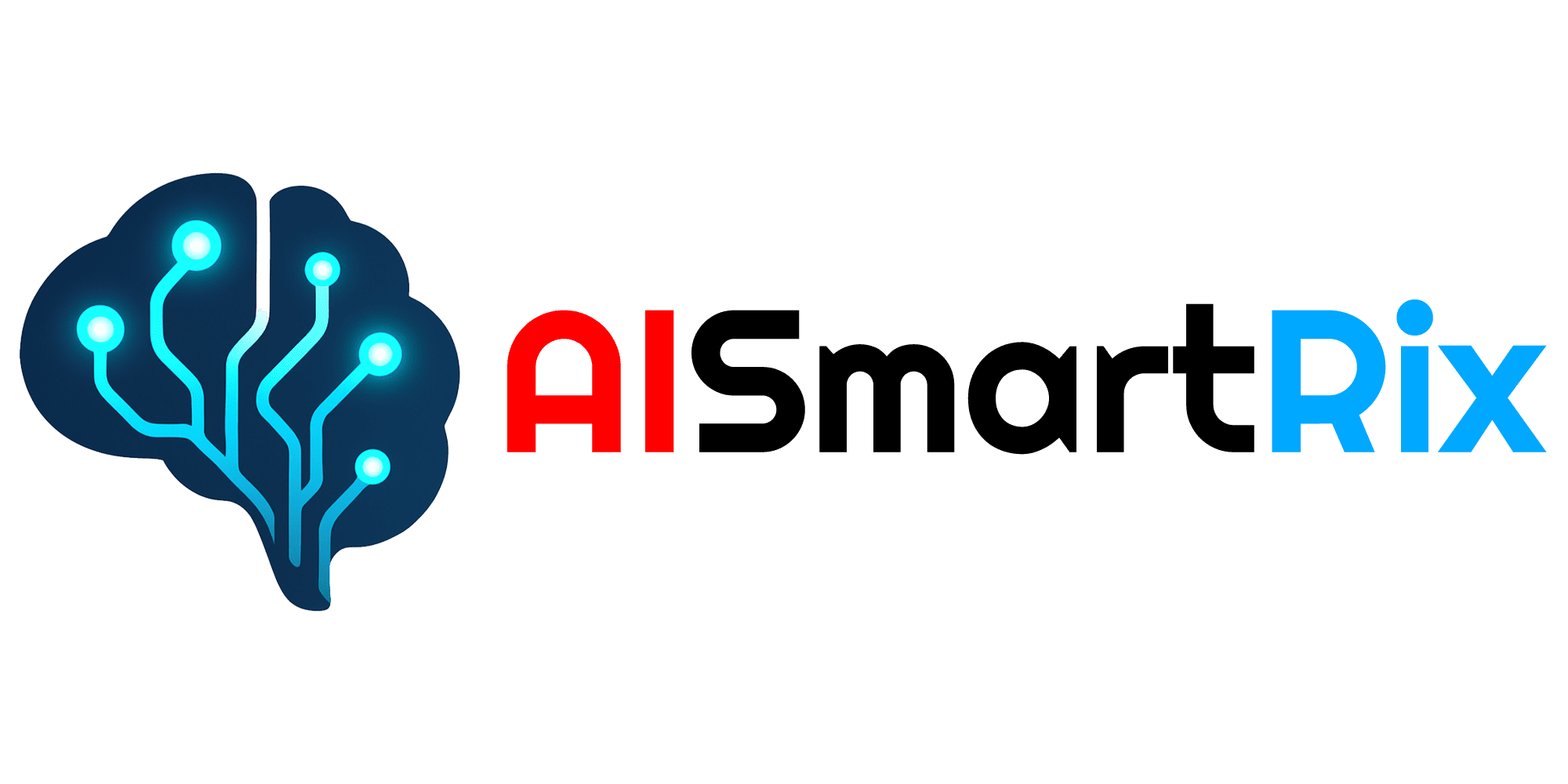Breaking News: How AI Is Used to Track Natural Disasters in Real-Time
Natural disasters are some of the most unpredictable and destructive events on Earth. From hurricanes and earthquakes to wildfires and floods, these events can cause massive human, environmental, and economic damage. However, Artificial Intelligence (AI) is revolutionizing how we monitor, predict, and respond to natural disasters, enabling authorities and communities to act faster and save lives.
In this article, we’ll explore how AI tracks natural disasters in real-time, the technologies involved, and the ways this innovation is shaping emergency management in 2025.
1. AI and Real-Time Disaster Monitoring
AI leverages vast datasets from satellites, sensors, social media, and historical records to detect anomalies and patterns indicating potential disasters. Real-time monitoring includes:
- Earthquake detection: Machine learning algorithms analyze seismic data to identify tremors and provide early warnings.
- Flood prediction: AI models integrate rainfall, river levels, and terrain data to forecast floods hours or days in advance.
- Wildfire tracking: AI uses satellite imagery to detect smoke plumes, temperature spikes, and vegetation dryness.
By continuously analyzing incoming data, AI can alert authorities faster than traditional methods, providing crucial minutes for evacuation and preparation.
2. AI-Powered Early Warning Systems
Early warning systems powered by AI are saving countless lives. These systems:
- Predict hurricane paths and intensity using weather pattern recognition.
- Analyze tidal and storm surge data for coastal flooding alerts.
- Monitor volcanic activity by detecting subtle changes in gas emissions, temperature, and seismic activity.
Governments and disaster response teams now rely on AI-driven insights to deploy resources proactively, reducing human and economic losses.
3. Drones, Satellites, and Remote Sensing
AI enhances disaster monitoring by integrating aerial and satellite data:
- Drones survey inaccessible areas during floods or wildfires, providing high-resolution images.
- Satellites track cloud formations, wildfire hotspots, and deforestation patterns.
- AI analyzes this visual data to detect risks and predict disaster progression.
This combination of remote sensing and AI ensures rapid situational awareness, even in regions with limited infrastructure.
4. AI in Emergency Response
AI doesn’t just predict disasters; it also guides real-time response:
- Resource allocation: AI determines where rescue teams, medical aid, and supplies are needed most.
- Evacuation planning: Algorithms optimize evacuation routes considering traffic, population density, and disaster type.
- Disaster mapping: AI generates updated maps highlighting affected areas, road closures, and safe zones.
These capabilities make emergency management more efficient, coordinated, and life-saving.
5. Social Media and Crowd-Sourced Data
AI also leverages social media and crowd-sourced information to track disasters:
- Algorithms analyze posts, images, and videos to identify real-time events.
- Natural language processing (NLP) can detect urgent reports of damage or injury.
- Combining official data with citizen reports improves accuracy and situational awareness.
By incorporating public data, AI enables a more comprehensive and responsive disaster monitoring system.
6. Challenges and Ethical Considerations
While AI offers tremendous benefits, there are challenges:
- Data reliability: Inaccurate or incomplete data can lead to false alarms or missed predictions.
- Bias in algorithms: Models trained on certain regions may not perform well in others.
- Privacy concerns: Using location or social media data requires careful handling.
- Infrastructure limitations: Remote or developing regions may lack access to AI-powered systems.
Addressing these issues is critical to ensure AI-based disaster management is effective, fair, and ethical.
7. The Future of AI in Disaster Management
The next generation of AI-driven disaster management will likely include:
- Autonomous rescue systems: Drones and robots deployed automatically during emergencies.
- Predictive disaster simulations: AI models simulating multiple disaster scenarios for better preparedness.
- Global disaster networks: AI systems integrating data from multiple countries to anticipate transnational risks.
As technology advances, AI will become an indispensable tool for safeguarding lives and ecosystems.
Conclusion
AI is transforming how we understand and respond to natural disasters. From early warnings and predictive modeling to real-time monitoring and response coordination, AI enhances our ability to act quickly, minimize damage, and save lives.
The question is: Which AI-powered disaster tracking technology do you think will have the biggest impact in the next decade, and how should communities adopt it to stay safer?





